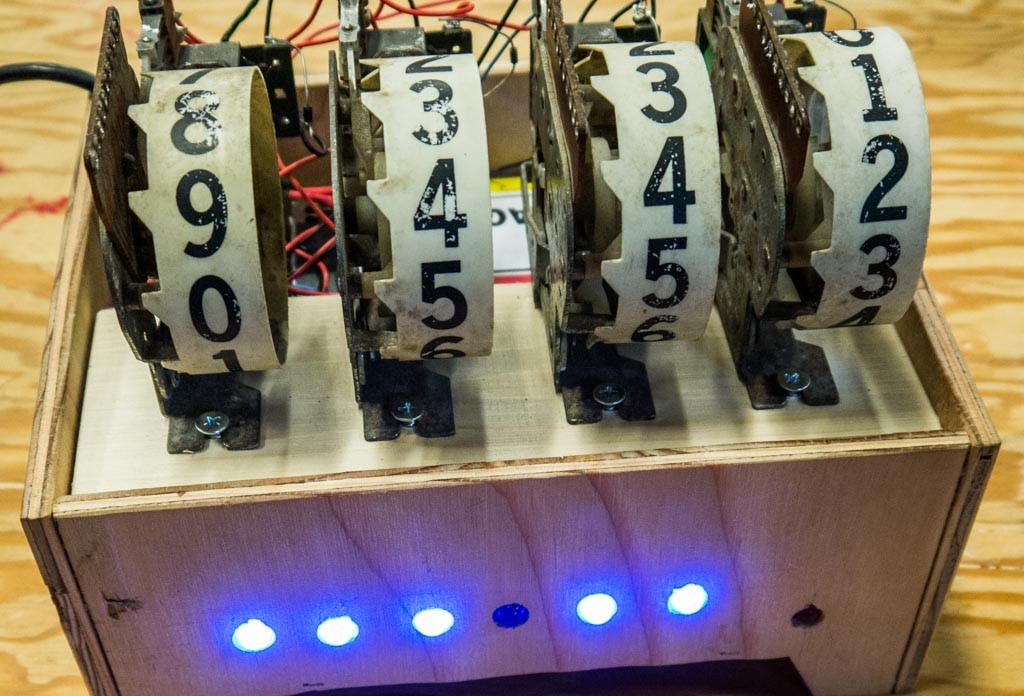If you haven’t read my project on building a clock out of pinball score reels you should head on over there first. This project builds on the previous and teaches us new skills that we can transfer to future projects we decide to devour.
There are many ways one can upcycle a pinball machine. Most projects deal with full blown machines, reusing their cabinets and/or accompanying artwork. This time though, since we like to nerd out about the inner workings (the stuff rarely seen by common folk), and the only parts we have are the score reels, we are going to have to make our own box. Along the way we are going to learn some design and woodworking skills.
Now that we have this clicky madness that is an epic pinball score reel clock, it’s time to tackle building a case to put it in and proudly display it. Since the goal for this project was to preserve some electro-mechanical pinball history, I think the case needs to be as open as possible to show the glory of the score reels. The case should hide the modern circuitry that controls them, but show the time without distracting from the electro-mechanical aesthetic or cause a clash between the styles. I opted for a design slightly modern but inspired by old tube radios.




